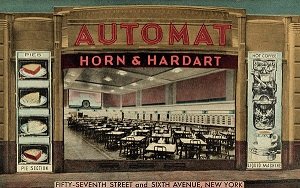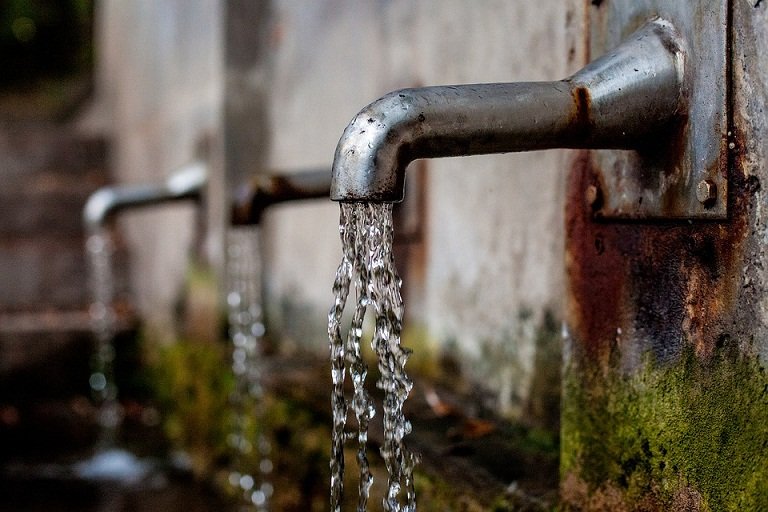
Water ranks next to oxygen as the prime human need. The basic rule is that it makes up 75% of an adult human body; a shortage of it causes dehydration and in turn interrupts vital bodily functions thus, making its regular consumption absolutely essential to any living human being in this planet. Drinking water is defined as water for ingestion. The quality of drinking water is a powerful environmental determinant of health. Assurance of drinking-water safety is a foundation for the prevention and control of waterborne diseases. According to World Health Organization, drinking water supply can be broken down into three categories.
- First, the improved drinking water sources that include public taps or standpipes, tube wells or boreholes, protected dug wells, protected springs and rainwater collection.
- Second the piped water on premises that includes piped household water connection located inside the user’s dwelling, plot or yard.
- Lastly, the unimproved drinking water sources, that include unprotected dug well, unprotected spring, cart with small tank/drum, tanker truck, and surface water (river, dam, lake, pond, stream, canal, irrigation channels), bottled water.
The Technology wildly gained fame nationwide with more and more business-minded people joining the bandwagon in franchising. A shared belief that has then been popularized by the manufacturers and owners is that the water dispensed is always “safe and clean”.
History of Automated Vending Machines
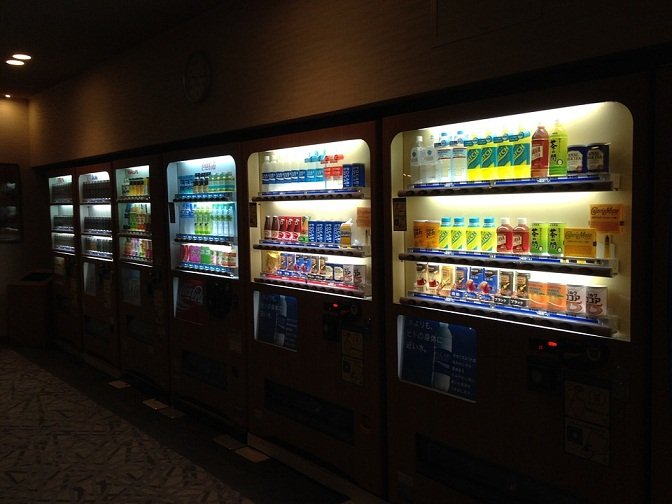
Automatic Tubig Machine provides a comfortable way of living. It can be used at home, restaurant, and offices. Vending machines or automatic retailing has a long history. It was first invented way back 251 BC by a Greek mathematician when he invented the machine that could vend Holy water in the Egyptian temples. After its invention, it took a long time before the vending machine business was born.
In 1888, Thomas Adams Gums Company introduced the first vending machine in the U.S. that dispensed gum. A coin-operated restaurant was invented in 1902 by Horn and Hardart Baking Company in Philadelphia. In 1905, the United States Post Office introduced the first automated stamp vending machines.
Meanwhile, in 1926, William Row invented the first cigarette vending machine. In 1937, CA introduced the first Coca-Cola bottle vending machines and in 1946, the first coffee vending machines were introduced and became popular for their use for coffee breaks.
| Gum Vending Machine | Cigarette Vending Machine | Coca Cola Vending Machine | Coffee Vending Machine |
|---|---|---|---|
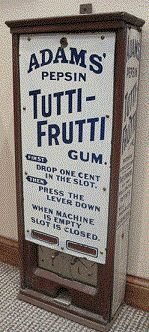 | 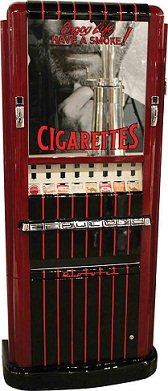 | 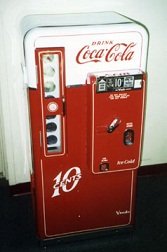 |  |
In the Philippines, this machine is widely used due to its accessibility. With just dropping a coin you can get a glass of water. But along with its fame, potability issues are thrown to the machine. The Department of Health issued warning to the public regarding water contamination on Automatic Tubig Machine.
Issues on the Potability
With the mushrooming of these machines everywhere, there had been issues about its potability. In Cebu, GarboAsensoSumbananAlyansa (GASA) decided to confiscate ATMs after violating the Sanitation Code of the Philippines, their City Health Chief Dr. Stella Ygoña cited a case in Barangay Pahina Central where residents got sick and when investigated on the cause, they found seven out of 14 ATMs tested to be positive of diarrhea-causing E. coli bacteria . Also, the Department of Health (DOH) with Assistant Secretary Pauly Jean Rosell Ubial said that guidelines for ATMs are for understudy. Engr. John Patrick Comahig of the DOH 7 Environmental Health Program recommended that the operations of ATMs be stopped since the health department cannot monitor all machines.
Because of the growing distressing news surrounding the Automated Water Vending Machines, observations of the researchers in the locale wherein the nozzle of machines are freely exposed to possible bacterial contaminants with the devices having little or no maintenance at all, the way how people get water from the machine and scarcity of researchers addressing the safe consumption of water from these machines.
In the Philippines, diarrhea and other waterborne disease rank as one of the leading cause of morbidity and mortality. In order to address this problem, the Department of Health implemented the program Sagana at LigtasnaTubigsaLahat Program (SALINTUBIG). The goal of this program is to provide potable water to the entire country and the targets defined in the Philippine Development Plan 2011-2016 Millennium Development Goals (MDG), and the Philippine Water Supply Sector Roadmap and the Philippine Sustainable Sanitation Roadmap.
Automatic Tubig Machine

An Automated Water Vending Machine works like an ordinary water dispenser but the difference is that you need to drop first a one peso coin then place your water container at the nozzle and it will automatically dispense about 240 ml of warm or cold water. These machines have provided new business opportunities for public establishments like in schools, hospitals and along public roads or highways. The City Health Office has not set standards and requirements before an establishment can operate ATMs but they have standards for water refilling stations that provide the water for the ATMs.
They must first secure a business permit from the Permits and Licensing Division. Then a sanitary permit from the City Health Office, but there are prerequisites for this. First all employees are obliged to attend a Water Sanitation Seminar or a Food Handlers Class and issuance of the Health Certificate as mandated by Presidential Decree (PD) 856 Sec. 14 which states that, no person/employee can work without securing first a health certificate from the local health authority, upon the issuance of the health certificate all employees should be undergone a laboratory exam like chest x-ray, stool exam and urinalysis.
Second is a monthly bacteriological water analysis.
The third is a required physical and chemical water analysis from a third party accredited water analysis center every six months. The owner must also attend a water sanitation seminar conducted someone from University of the Philippines.
In Conclusion
The public must be informed of the existence of bacterial contaminants on the nozzle of Automated Water Vending Machines in order to prevent occurrence of disease. The City Health Office of the City must require sanitary permit upon operation of Automated Water Vending Machine in order to monitor and ensure safe water consumption.
References
- http://ezinearticles.com/?Vending-Machines---A-Brief-History&id=114220
- https://www.6sqft.com/horn-and-hardart-automats-redefining-lunchtime-dining-on-a-dime/http://www.who.int/mediacentre/factsheets/fs290/en/
- https://groups.yahoo.com/neo/groups/Agricultural_Engineering_Alumni_CSSAC/conversations/topics/395
- http://www.sunstar.com.ph/cebu/local-news/2013/04/18/doh-issues-warning-vs-water-atms-278101
- http://www.who.int/water_sanitation_health/dwq/en/
- http://vending.ws/12/the-history-of-vending-machines
- http://www.doh.gov.ph/content/provision-potable-water-program-salintubig-program-sagana-ligtas-na-tubig-para-sa-lahat.html
- Kuya J’s Diary Episode 7 –A Night in Davao City Part 2
- Kuya J’s Diary Episode 6 - A Night in Davao City Part 1



